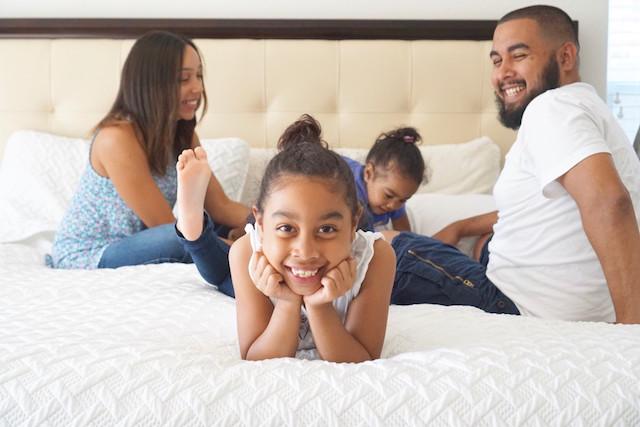
Co-bedding is an option that some people support and others have strong feelings against it. Co-bedding is the act of allowing the baby to sleep in the bed with mom, dad or both. Parents tend to choose co-bedding as a solution to late-night crying and sleep deprivation. While co-bedding may help solve these problems, some experts report that the baby is at a higher risk of sudden infant death syndrome and accidental death when sleeping beside a parent.
The risks of co-bedding
Parents do not have the natural instinct to detect the baby beside them or stop themselves from rolling over in the middle of the night. Sleep deprivation can lead to heavy sleep, which could mean mom or dad may roll over on the baby and not realize it until they awaken.
The debate over co-bedding is heated. Some mothers live by the choice of co-bedding and will deny there are any health risks to baby. Other mothers are simply too scared to try out co-bedding for fear of rolling over on their baby. Here are some factual statistics on co-bedding:
- Co-bedding does not increase the risk of SIDS according to several research studies, despite reports of increased risk.
- Many cultures choose to co-bed out of necessity rather than a luxury.
- Co-bedding does not have to mean baby is sleeping between mom and dad.
- Co-sleepers can be attached to the side of the bed for easy access.
- Many clinical studies are funded by government agencies for crib manufacturers.
- Babies have a higher risk of sudden infant death syndrome (SIDS) if sleeping in a crib.
Co-bedding is an option that some parents love and others fear. The baby can sleep close to mom and dad, essentially co-bedding, without sleeping between them. The baby should not be allowed to fall asleep around soft pillows or comforters and mattresses should be firm.
